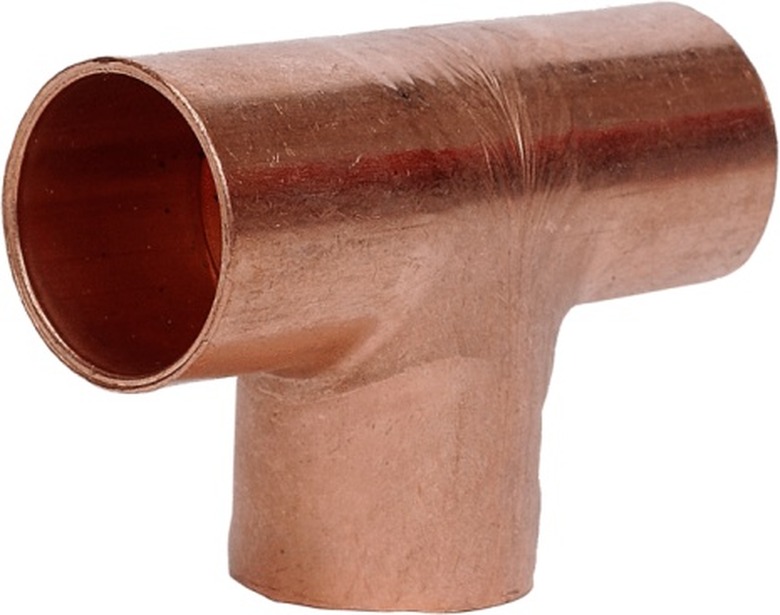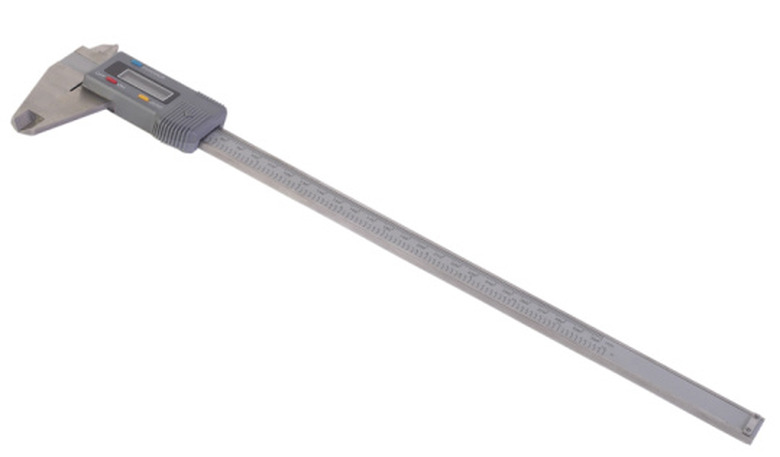How To Calculate Minimum Wall Thickness
Tip
According to "Maximizing Machinery Uptime" by Fred K. Geitner and Heinz P. Bloch, the minimum thickness of a pipe "shall not be less than t(minimum) = t + c, where c is the sum of all mechanical plus corrosion and erosion allowances, and t is the pressure design thickness." "Piping and Pipeline Engineering" by George A. Antaki says that "the allowable stress for pipelines is 72 percent of Sy(yield stress)."
Warning
Minimum wall thickness for pipes can also be based on American Society of Mechanical Engineers' standards ASME B31.4 and B31.8. If the minimum wall thickness based on ASME standards is greater than the calculated minimum wall thickness, you may be legally required to use the minimum wall thickness given in the ASME standard.
Minimum wall thickness gives the absolute minimal thickness of a pipe or structure to contain its contents. Thinner pipe walls mean lighter pipe or structures, which are lighter and cheaper to manufacture. Thinner pipes also allow more fluid flow for the same pipe size. Minimum wall thickness in design is based on the pressure of the vessel or pipe's contents, the material's allowable stress and the outer diameter of the pipe.
Step 1
Determine the maximum pressure that the pipe will endure. This will be the water or fluid pressure it must contain. This is known from the design parameters of the piping or vessel. Use the maximum pressure in pounds per square inch (psi). For example, a pipe may need to be able to withstand 2,000 psi of water pressure.
Step 2
Determine the allowable stress of the wall material. The allowable stress can be the tensile or yield stress of the material. The allowable stress for a material can be found in the American Society of Mechanical Engineers' standard B31.3. According to "Chemical Engineering Design" by Gavin P. Towler and R. K. Sinnott, the allowable stress at 100 degrees Fahrenheit for carbon steel pipe is 12.9 KSI. KSI is equal to 1,000 pounds per square inch. This makes the allowable stress 12,900 psi.
Step 3
Select an outside diameter in inches for the pipe. For this example, a 10-inch outside diameter is selected.
Step 4
Multiply the outside diameter in inches by the pressure in psi by 1/2. In the example, this will be 10 inches x 2,000 psi x 1/2 or 10,000.
Step 5
Divide the result of Step 4 by the allowable stress. The result is the minimum wall thickness assuming ideal conditions. In this case, it will be 10,000 divided by 12,900 for a minimum allowed thickness of 0.7752 inches.
Step 6
Multiply the minimum wall thickness assuming ideal conditions by a safety factor, if a safety factor is to be used, or by the manufacturer's tolerance. For example, a manufacturer's tolerance is often given as 12.5 percent or 15.0 percent due to variations in the pipe's strength. A 15 percent tolerance converts to 115 percent of the minimum wall thickness, or a multiplier of 1.15. A 0.7752 inch minimum thickness multiplied by a 15 percent tolerance or 115 becomes 0.7752 x 1.15. This equals 0.89147 inches, or almost 0.9 inch minimum pipe wall thickness. If a safety factor of two was required, the minimum thickness of 0.7752 x 2 would give a minimum wall thickness of 1.5504 inches.

